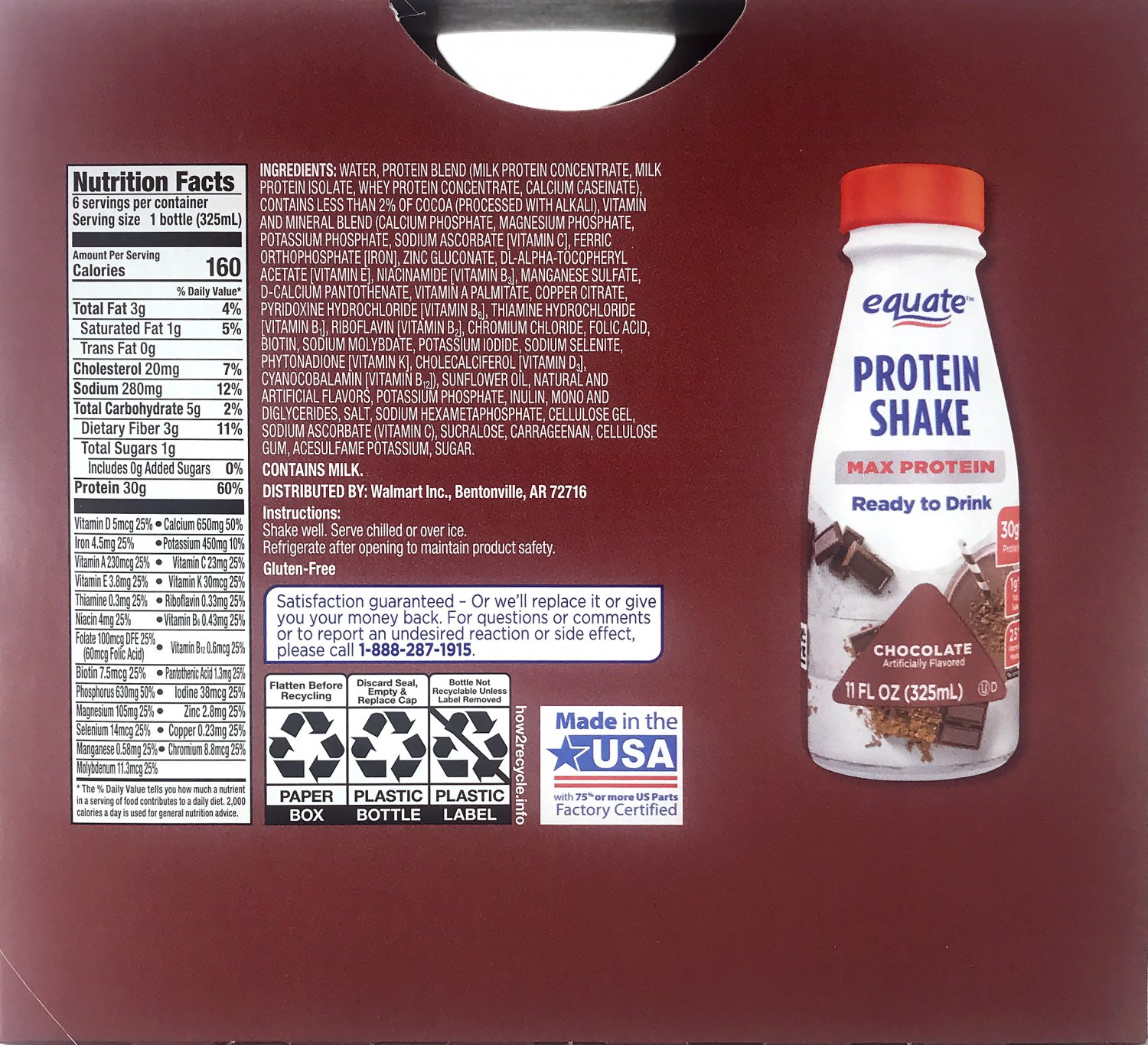

#Equate protein drink free
In India, where all Government School students are provided with free lunches through the Midday Meal Scheme, staple foods are provided along with free education.

Sweden, Finland, Estonia and India are among the few countries which provide universal school meals to all pupils in compulsory education, regardless of their ability to pay. The addition of vegan school lunch and Meatless Mondays are examples of these changes. In recent years, school districts have faced government or community pressure to change the foods served in schools. The federal government wasn't involved until the Great Depression (1920s), when farmers and labors weren't doing well financially and the school lunch program was a solution that benefited everyone.

Soon after, teachers started to notice the benefits for students-both mentally and physically. Organizations such as Women's Education and the Starr Center Association began serving hot meals to students for a cost that was affordable for most. Philadelphia and Boston were the first two cities to institute school lunches in the U.S. In the United States, there was a social inequality gap during the industrial era, and there was room for improvement in all realms of education. Pupils eating school meals at the Vallila Folk School in Vallila, Helsinki, Finland (1913) The Policy set the first nutritional guidelines for school lunches, requiring balanced meals which include the appropriate levels of protein, fat, and calories. The first National School Meals Policy was published across the United Kingdom in 1941. In the United Kingdom, significant changes have been made since school meals were introduced in the 19th century by Elizabeth Burgwin and others. Years later, Thompson would feed 60,000 people a day from his soup kitchen in London. They were fed and clothed for their work and the children were taught reading, writing and arithmetic. In Munich, Thompson founded the Poor People's Institute which employed both adults and children to make uniforms for the German Army. Thompson had spent his early days in New England, but as a royalist during the American Revolutionary War, he had become distrusted and left for England in 1784. The first school lunches were though to be served in 1790 in Munich, Germany by an American born physicist, Benjamin Thompson, also known as Count Rumford. School meal programs can also be aimed at supporting the domestic or local agricultural sector. Especially in developed countries, school meals are structured to encourage healthy eating habits. When school meals are targeted toward low-income or vulnerable children, they serve as a social safety net. They also serve as an incentive to send children to school and continue their education, and they can be leveraged specifically to reduce barriers to schooling for girls. They can address micronutrient deficiencies by serving diverse foods or including fortified foods. In developing countries, school meals provide food security at times of crisis and help children to become healthy and productive adults, thus helping to break the cycle of poverty and hunger. The objectives and benefits of school meals vary. The extent of school feeding coverage varies from country to country, and as of 2020, the aggregate coverage rate worldwide is estimated to be 27% (and 40% specifically for primary school-age children). An estimated 380 million school children around the world receive meals (or snacks or take-home rations) at their respective schools.

Countries around the world offer various kinds of school meal programs, and altogether, these are among the world's largest social safety nets. The principal of a Nauru secondary school inspecting school lunches (2012)Ī school meal (whether it is a breakfast, lunch, or evening meal) is a meal provided to students and sometimes teachers at a school, typically in the middle or beginning of the school day. A school lunch in Washington, D.C., containing (clockwise from bottom left): hamburger, french fries, milk, cantaloupe, and roasted brussels sprouts.


 0 kommentar(er)
0 kommentar(er)
